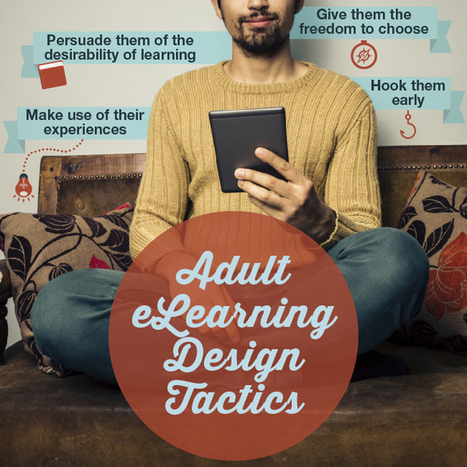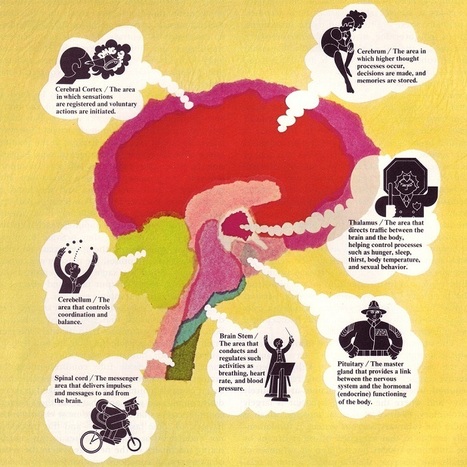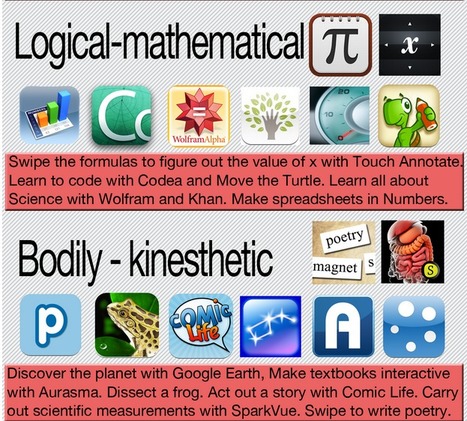“Slipping back” isn’t a shameful retreat from our goal—it’s part of the process of getting there.
Get Started for FREE
Sign up with Facebook Sign up with X
I don't have a Facebook or a X account
 Your new post is loading... Your new post is loading...
 Your new post is loading... Your new post is loading...

Tracy Hanson's curator insight,
April 5, 2013 3:14 PM
It seems the more people deny there are learning styles the more information surfaces explaining them. |

Avidity Medical Design Consultants, LLC's curator insight,
August 2, 2014 10:13 AM
Very insightful article. I especially agree with point #2 and point #4. Point #2 indicates that learners can use past experiences to tap into new ideas. Point #4 indicates that adult learners would like to have the ability to take a more active role in defining their own learning experience. I see an interrelationship between both points because they each describe elements of self-directed learning. The learner is using what they already know to tap into new knowledge (point #2), and then, given the opportunity, they are choosing how, when, and where they acquire the new knowledge (point #4), with consideration given to the knowledge that they have already obtained (point #2). Excellent article, keep up the good work!

Chapel Hill-Chauncy Hall School's curator insight,
April 12, 2013 10:02 AM
It's great to learn about new apps to enhance the Multiple Intelligences approach to teaching! |






















In education we often use metaphors to help our students understand. Are we cognizant of how these metaphors may be interpreted by our students? Is it possible that the metaphors are "setting up false expectations and giving us a misleading impression of what’s going on."
Annie Paul Murphy discusses these ideas in this post. As teachers we are constantly teaching our students strategies, and the strategies are often scaffolded, but that does not mean that the students let go of the old strategies, and only use the new ones. The move back and forth, at times choosing the one that is a known friend rather than the new one.
Our language plays a critical role in our classroom, and this post reminds us that with school beginning soon in the US we must consider how our words may be impacting our students.